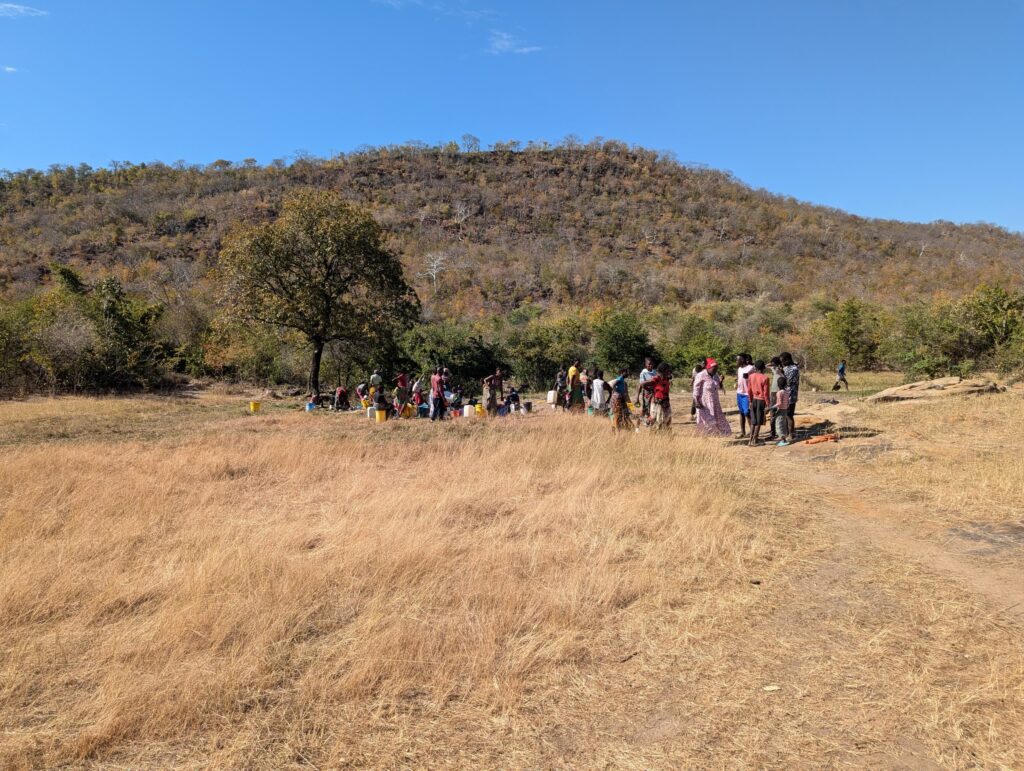Lusaka, Friday June 2, 2023.
Centre for Environment Justice – CEJ has welcomed Government’s decision through Zambia Environmental Management Agency – ZEMA to stop mine works in Lower Zambezi National Park because of non-compliance to conditions in the Decision Letter by Mwembeshi Resources Limited.
CEJ Executive Director Maggie Mwape said while the development is not a substantive stoppage of mining operations, it is an indication of government’s seriousness in upholding legality in mining.
Ms Mwape said the Lower Zambezi Mining case has been a controversial case of irregularities, procedural improprieties, and political manipulations in relation to Environmental Impact Assessment – EIA approvals in Zambia.
She said the sensitivity of the Park’s location and the fragility of the environment in which the mine is to be established increases the controversy around the EIA approval.
Ms Mwape said legal scholars in Zambia are on record having analysed the subjective lacunas in the Zambian EIA regulatory rules that give rise to such controversies as the Lower Zambezi mining saga.
She said while CEJ applauds the Minister for having taken the active step to ensure sanity in the process of establishing the mine, the organization is still of the view that more needs to be done regarding the Lower Zambezi mining saga.
“The history of mining in Zambia dates from as far back as the 1920s in the colonial era where public participation and consultation were not policy nor legal matters. From 1920s to date, it is contestable that mining in this country has pulled local populations out of their abject poverty. We are ready to review any case studies that may prove us wrong in this assertion, so we may use it in justification of the Lower Zambezi mining. All that history of mining in Zambia has shown us since the 1920s is the story of national benefits versus local costs, i.e., while the state declares the nation’s benefits from mineral resources exploitation, the local communities under whose land those resources are buried continue to wallow in abjection of poverty,” she said.
The CEJ Executive Director said history of mining in Zambia does not show any positive socioecological impacts even after closure.
“Kabwe stands as a monument of testimony to this. Dust emissions, air pollution, water contamination, land degradation and displacement of local communities is all the narrative that history of mining in Zambia brings to the fore. That is the most notable heritage that mining in Zambia leaves behind especially for our local communities under whose land the minerals are extracted. How different is the Lower Zambezi mining going to be – for the nation has not seen any evidence of how different this mining will be! If mines established in what we would non-ecologically sensitive areas still grapple with environmental and social performance, what more do we expect from a mine poised to operate alongside wildlife and the rich biodiversity in the Lower Zambezi National Park? There is no evidence, whatsoever, that lions, elephants, kudus, impalas, and all kinds of wildlife in the national park can live in harmony with mine earth moving equipment – that they will comfortably adjust to the noise of industrial caterpillars and front loaders ferrying mineral ore out of the national park,” she said.
Ms Mwape said wildlife will be forced to migrate to other environments where animals may be exposed to dangers that may see them extinct quicker than usual.
“Animals will seek alternative survival habitats in the process of which they will escalate animal-human conflict in the surrounding communities. Carnivorous animals will harm humans and their livestock, while herbivores like Elephants will destroy human fields. And more so, animals will cross the river into Zimbabwe where the national park on the other aside is a no-go area for mining activities,” she said.
Ms Mwape is hopeful that the compliance order issued by the Minister and ZEMA will provide stakeholders with ample time to answer several questions.
“For the sake of public interest, environmental sustainability, and environmental education in Zambia, we are all waiting to learn how a mine can sustainably exist in harmony with wildlife. We further hope that all interested and potentially affected parties in this country will be given equal opportunity to understand and appreciate these sticking issues within the time frame of this temporal suspension of activities in the national park,” she said.
Ms Mwape said the political manipulations of the EIA processes at the expense of thorough consultation and public engagements from the beginning of the matter left questions.
“Thank you, honourable Minister, and thank you ZEMA for this little progress in the right direction. But the country still has a lot of expectations regarding this and many other matters that have come up in the past and may come up in the future,” she said.
Ms Mwape said CEJ and other NGOs are advocating for environmental rights to be enshrined in the Bill of Rights to give them justiciability on the basis of constitutionality.
“What we have as environmental rights in section 4 of the Environmental Management Act of 2011 is just a shadow of what could be justiciable but, the citizens cannot hold the state legally responsible for those violations,” she said.
Ms Mwape said there is need to take advantage of the ongoing process of amending the Environmental Management Act of 2011 to remove clauses that give the Minister power to over-rule technical expertise in the review of EIAs.
“Such clauses have been manipulated for political interference in the EIA approvals. This what brings us to this issue,” she said.
Ms Mwape called for an end to keeping bilateral Agreements a secret.
“We understand that mining and environmental laws in Zambia only serve to establish a mine in the country. Beyond its establishment, the day-to-day life of a mine is controlled by Mining Agreements of Development Agreements between government and the mining companies. Unfortunately, these Agreements are kept secret under lock and key. These Agreements do not get their legality from national law or even the constitution, but their legality is based on Bilateral Investment Treaties (BITs) signed between Zambia and the country where the mining investor comes from. What is secret in these Agreements is a matter of public concern because we cannot continue allowing mining investors control us in our own land while hiding behind Mining Agreements and BITs signed with the government. Zambia has been a compliant member of the Extractive Industry Transparency Initiative (EITI) since 2009, but we wonder why we still have permitted secrets in the mining sector. This is 21st Century and not the colonial 1920s. Honourable Minister, your government has a lot of work in this regard. We remain committed to support government decisions that benefit the interest of the country as an all. Furthermore, ensure that human rights principles are upheld and, environmental and mining laws are respected,” she said.
*CEJ Communications Unit*


